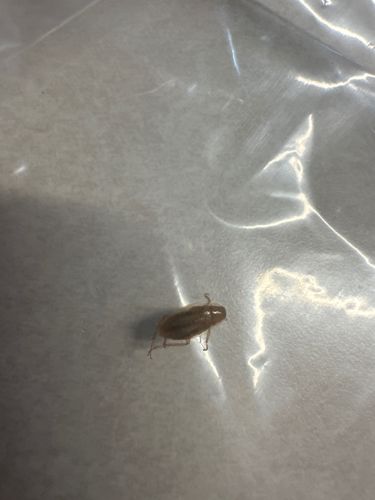German Cockroach
Scientific Name: Blattella germanica
Order & Family: Blattodea, Ectobiidae (formerly Blattellidae)
Size: 1.1 to 1.6 cm (0.43 to 0.63 inches) in length

Natural Habitat
Prefers warm, humid environments close to food and moisture sources. Commonly found indoors in kitchens, bathrooms, and other areas where food is prepared or stored.
Diet & Feeding
Omnivorous; consumes almost any organic matter, with a preference for starches, sugars, and fatty foods. Can also eat non-food items like soap, glue, and toothpaste.
Behavior Patterns
Nocturnal; hides during the day in cracks and crevices. Very quick and agile. Females produce egg cases (oothecae) which they carry until just before hatching or deposit in sheltered locations.
Risks & Benefits
Risks: Known as a significant pest, German cockroaches can contaminate food and surfaces with bacteria (e.g., Salmonella, E. coli), viruses, and parasitic worms. Their presence can trigger allergies and asthma in sensitive individuals due to allergens in their droppings, shed skins, and saliva. Benefits: None for humans; in a broader ecosystem context, they contribute to decomposition as scavengers, but their presence in human dwellings is overwhelmingly negative.
Identified on: 9/3/2025